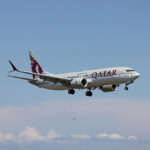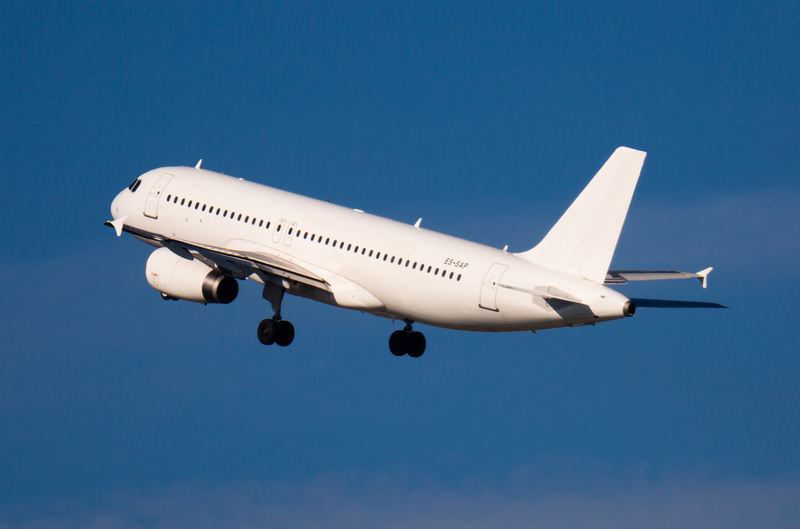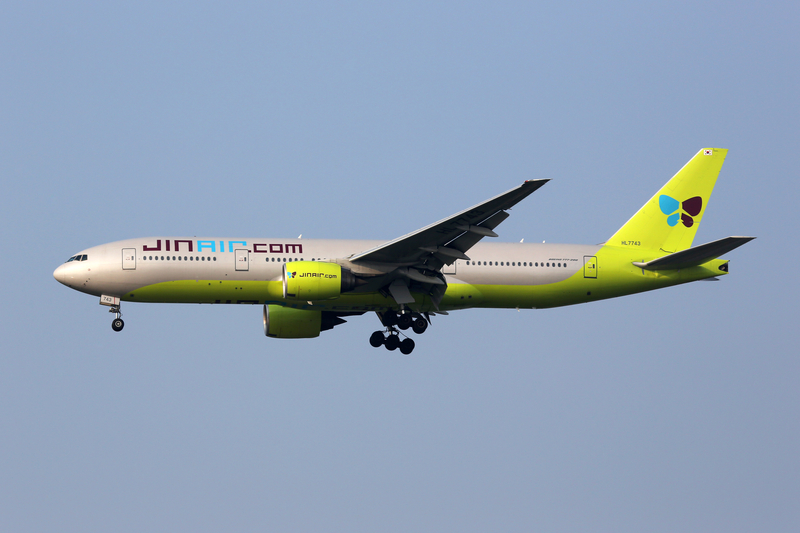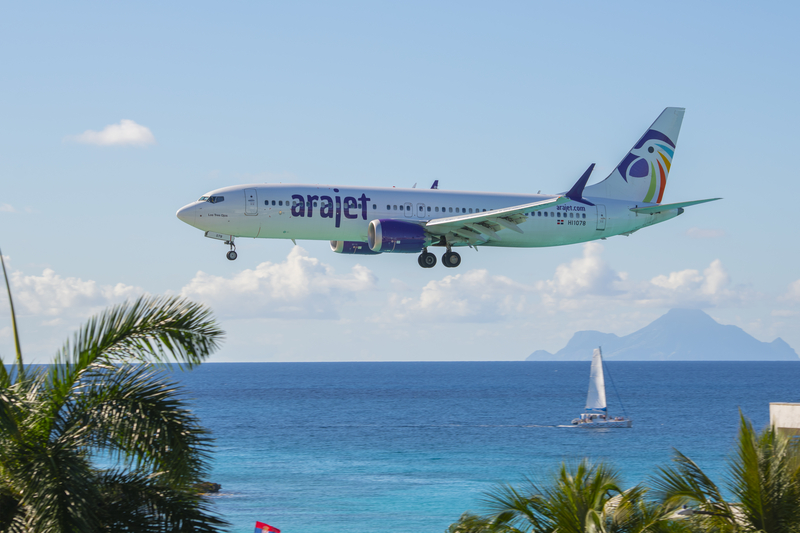Uzbekistan Airways Bets Big On The 787: Up To 22 Dreamliners Ordered
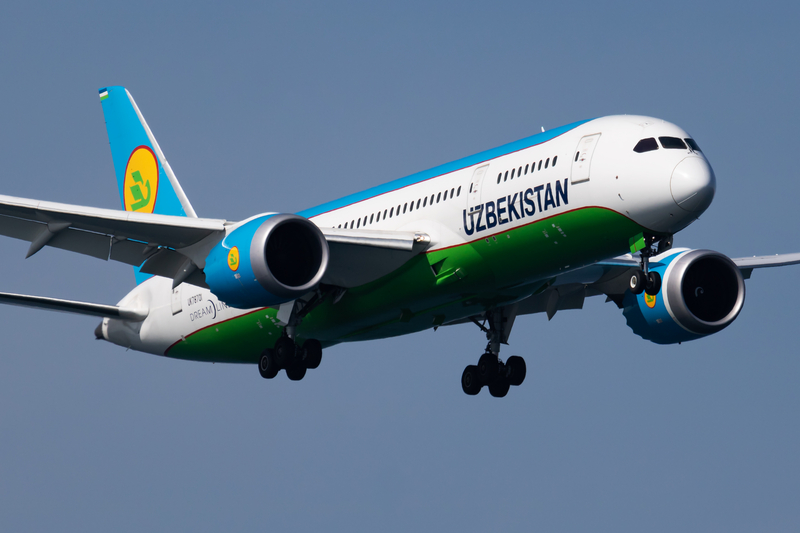
ID 163759958 © Jozsef Soos | Dreamstime.com
Uzbekistan Airways has placed the largest aircraft order in its history: 14 Boeing 787-9s with options for eight more, positioning the Tashkent-based carrier for a sizable long-haul expansion and a full widebody refresh.
The Details
-
Firm order: 14 Boeing 787-9s
-
Options: 8 additional 787-9s (total potential order: 22)
-
Strategic aim: Modernize widebody fleet and grow long-haul network
-
Notable backdrop: Deal unveiled in New York alongside the UN General Assembly, with the President of Uzbekistan in attendance
-
Industrial note: Boeing highlights support for ~35,000 U.S. jobs tied to the program
Why the 787 matters to Uzbekistan Airways
Uzbekistan Airways was the first operator of the 787 in Central Asia and already uses the 787-8 to link Tashkent with Europe, Asia, and the U.S. (including nonstop service to New York). The larger, longer-range 787-9 brings:
-
More seats with similar fuel burn efficiency (Boeing pegs the 787 family at ~25% lower fuel use versus previous-generation types)
-
Greater mission flexibility for new U.S. and other long-haul destinations
-
A common cockpit and systems family with existing 787-8s for training and maintenance synergies
Network implications
-
Deeper U.S. reach: The added range/capacity of the 787-9 makes more U.S. gateways feasible beyond New York, improving schedule utility and cargo lift on transoceanic routes.
-
Europe and Asia growth: Extra gauge supports peak-day frequencies and larger aircraft where demand warrants, while the 787’s economics can keep thinner long-haul markets viable year-round.
-
Regional hub strategy: Tashkent’s aspirations as a Central Asian connector are reinforced by widebody growth that can time banked connections to/from Central and South Asia, the Caucasus, and the Middle East.
Fleet modernization and passenger experience
-
Cabin consistency: A 787-led widebody fleet helps standardize the long-haul product—larger bins, better cabin pressurization/humidity, and smoother ride characteristics that passengers notice.
-
Cost base: A simpler, newer widebody fleet typically lowers maintenance and fuel costs, aiding unit-cost competitiveness on long sectors.
-
Sustainability optics: The order underpins the flag carrier’s public commitment to more efficient aircraft as international environmental scrutiny tightens.
Partnership beyond airplanes
Boeing and Uzbekistan’s Ministry of Transport signed a Memorandum of Cooperation to explore broader “aviation ecosystem” partnerships—think training, MRO capability, safety systems, supply-chain development, and airport/airspace efficiency projects that can amplify the impact of new aircraft.
What to watch next
-
Delivery phasing: The size of the order implies a multi-year intake; watch for a delivery schedule and how retirements/returns of older widebodies are sequenced.
-
Cabin details: Seat counts, layout (business/premium economy/economy mixes), and IFE/connectivity choices will signal the carrier’s target customer mix on new markets.
-
Route announcements: Expect further U.S. and long-haul adds once deliveries near—slot coordination, bilateral capacity, and Tashkent bank structures will shape the rollout.
-
Financing structure: Purchase/lease mix and any export credit or capital-markets detail will give clues to cost of capital and balance-sheet strategy.
Bottom line
This is a scale-changing order for Uzbekistan Airways. By doubling down on the Dreamliner—specifically the higher-capacity 787-9—the carrier is setting itself up to push deeper into North America and other long-haul markets while simplifying and modernizing its widebody fleet. The combination of better economics, a cleaner passenger experience, and a broader ecosystem partnership with Boeing should give Tashkent’s hub ambitions real momentum.

